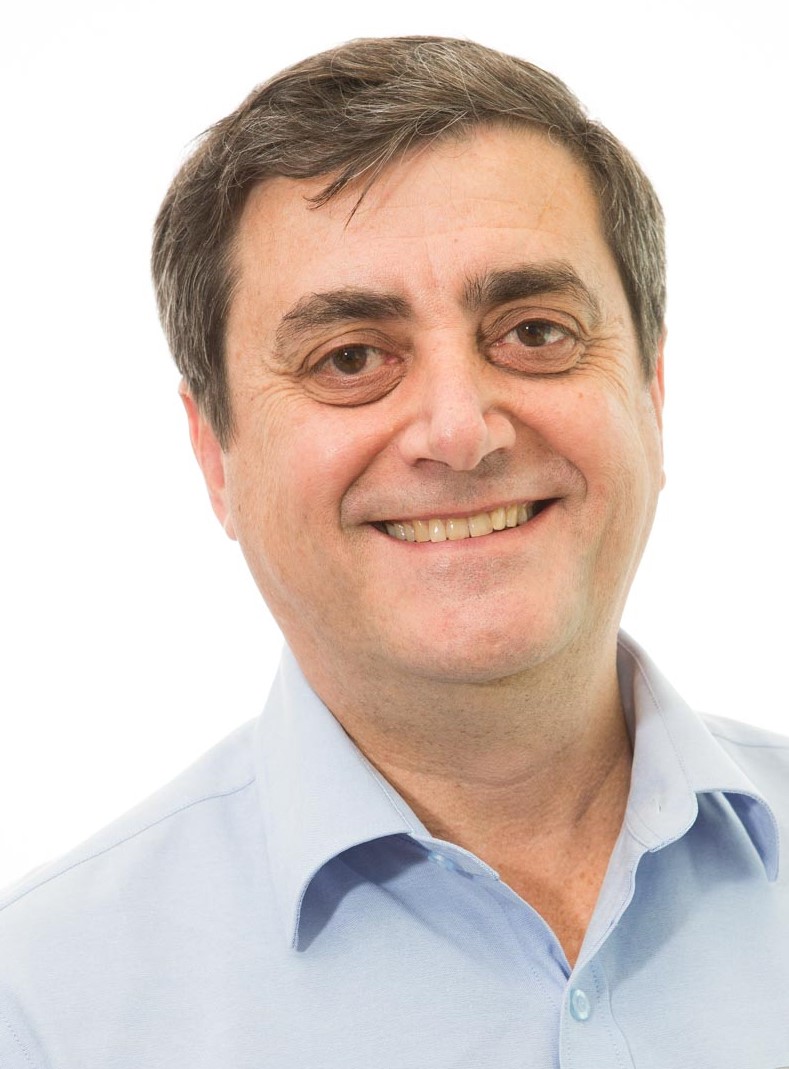
Manny Valenza, Sales Cluster Manager for South East Asia at Sandvik Coromant, a renowned metal cutting specialist, was approached by International Metalworking News for Asia (IMNA) to shed light on the influence of the market trends on the manufacturing sector and suggest strategies that manufacturers can embrace to flourish in 2024 and beyond.
IMNA: What are the main drivers and challenges for the metalworking industry in South East Asia?
Firstly, the shift from internal combustion engines to electric vehicles (EVs) is taking prominence in Southeast Asia. However, in 2022, Chinese automakers dominated Southeast Asia's fast-growing electric vehicle market by selling three out of every four EVs in the first quarter.
To ensure more prominence for local manufacturers, Thailand has offered incentives to consumers and subsidies to automakers to build more EVs locally. That has attracted a wave of investment by Chinese carmakers in local manufacturing, resulting in over $1 billion of investment in setting up production facilities in Thailand. To cope with this influx, metalworking companies will be vital in suppling parts for electric vehicle production, specifically in Thailand.
Additionally, focus remains on making parts out of lighter materials, not just for automotive, but also for aerospace. In the aerospace industry there is persistent drive to lower air travel’s carbon footprint, which leans on making planes lighter in order to save on fuel.
For instance, titanium is 30% stronger than steel and almost 50% lighter. However, machining titanium poses its own set of challenges due to its high hardness and low thermal conductivity. To overcome these machining challenges and contribute towards making planes lighter, manufacturers must make the most of the latest developments in precision cutting tools.
IMNA: What are the best practices and strategies for metalworking companies to cope with the energy crisis, the global competition, and the changing customer demands?
Market demands change and the ability to adapt your production to current and future demands in a flexible way is crucial for surviving in today’s economy. The most recent cases of 2023 include the energy crisis, global competition and changing customer demands to meet developing trends.
Machine tool and cutting tool development is rapidly progressing and staying competitive can involve considerable investments in time, capital and somewhat secure predictions for future demands. If the market and business forecasts are unsure, major investments might not be an option.
In the instance where the primary goal is to reduce costs and to handle a temporary market downturn, the first strategy manufacturers should consider is investigating the current workshop set up.
For example, machine utilisation is measured in the percentage of time that the machine is actually producing components. Increasing active machining time by only a few percent makes a big difference. To complement this, quick change tooling solutions reduce time spent on measuring, set-up and tool change, allowing for drastically improved machine utilisation and lower overhead costs. This also supports energy and sustainability goals as manufacturers require less new machinery and tools, preventing scrap products from being disposed and consequentially, reducing their footprint.
Lastly, where budget allows, investments are a must. Increasing machine utilisation with existing machine tool set-up is a good strategy to optimise processes without making large investments in an unsure market situation. But investing in new machines and cutting-edge technology can be the most favourable approach to gain an edge over competition, as well as improve the efficiency of processes. With potential order increases, strategic investment will ensure a successful outcome in today’s increasingly competitive global environment, while future proofing the workshop for what’s yet to come.
IMNA: How will generative AI and other emerging technologies impact the metalworking industry in terms of innovation, productivity, and quality?
With the implementation of generative AI, metalworking can revolutionise product design by generating multiple prototypes and selecting the most efficient and effective designs, resulting in reduced time and cost during the product development process. In addition, AI will also be key in optimising manufacturing processes by identifying areas where efficiency can be improved and automating repetitive tasks, ultimately increasing productivity and minimising human error.
The potential of AI in metalworking was demonstrated in April 2023, when Sandvik Coromant, partnered with Sandvik Group, launched the Impossible Statue. Our engineers were tasked with creating an AI-generated, stainless-steel structure combining some of the world’s most famous works of art. While their metal cutting expertise was put to the ultimate test, AI ensured this was achievable.
The statue, weighing 500 kilograms and 150 cm tall, was made using AI modelling and cutting-edge manufacturing solutions. Specifically, Sandvik used in depth estimators to build the 3D model, human pose-estimators to refine the body, videogame algorithms to generate realistic fabric and specialised AI to re-introduce fine details that were lost in previous steps.
